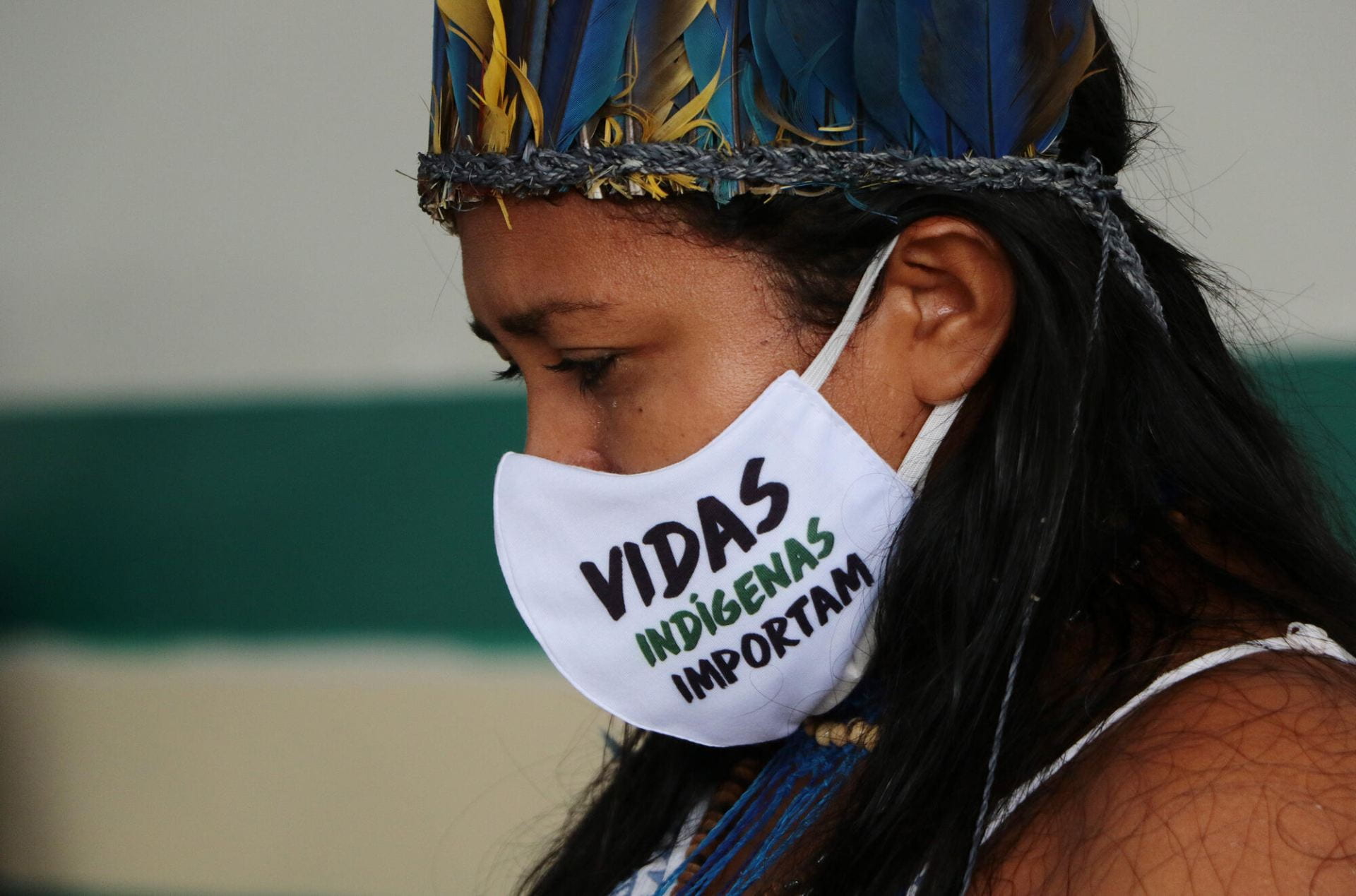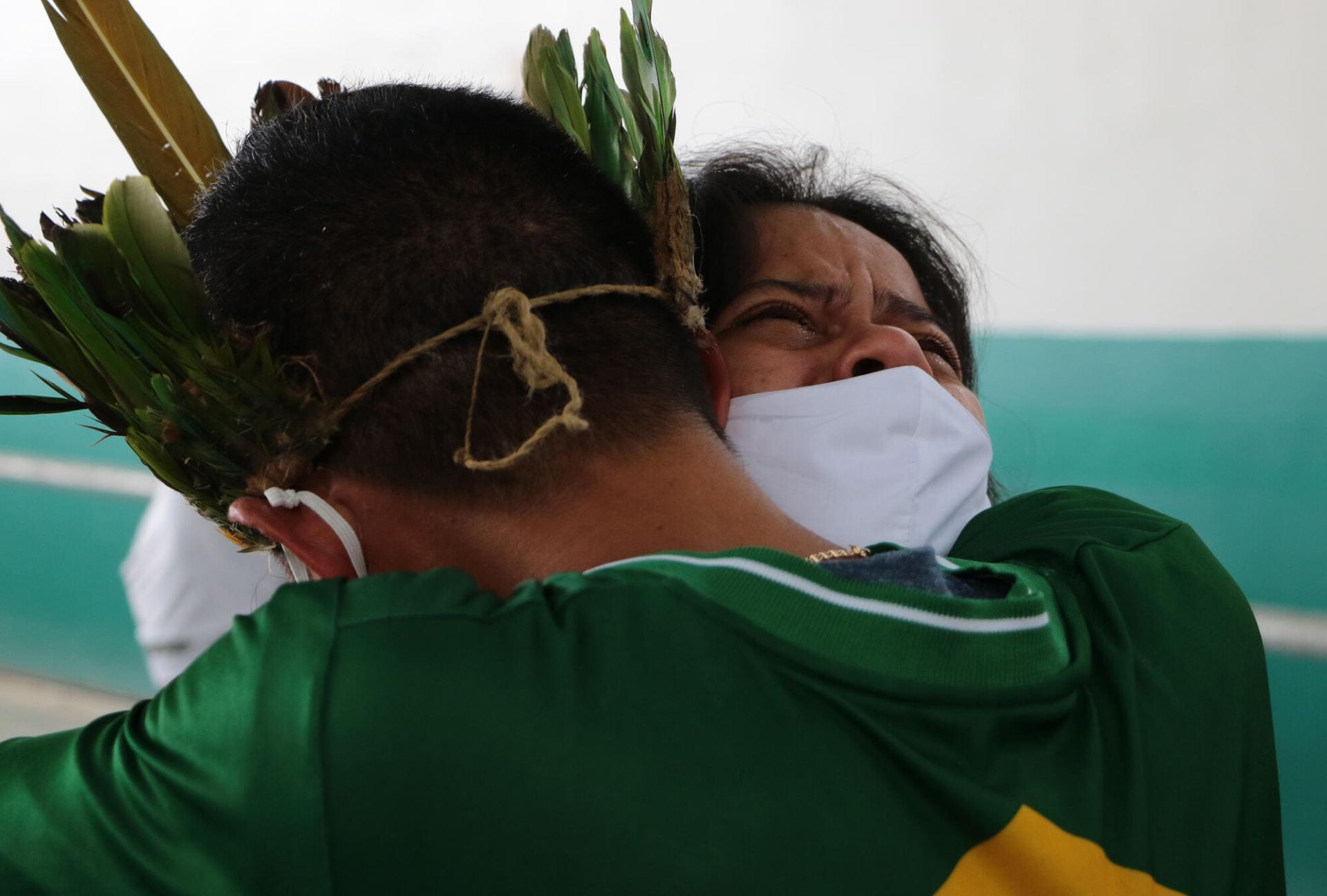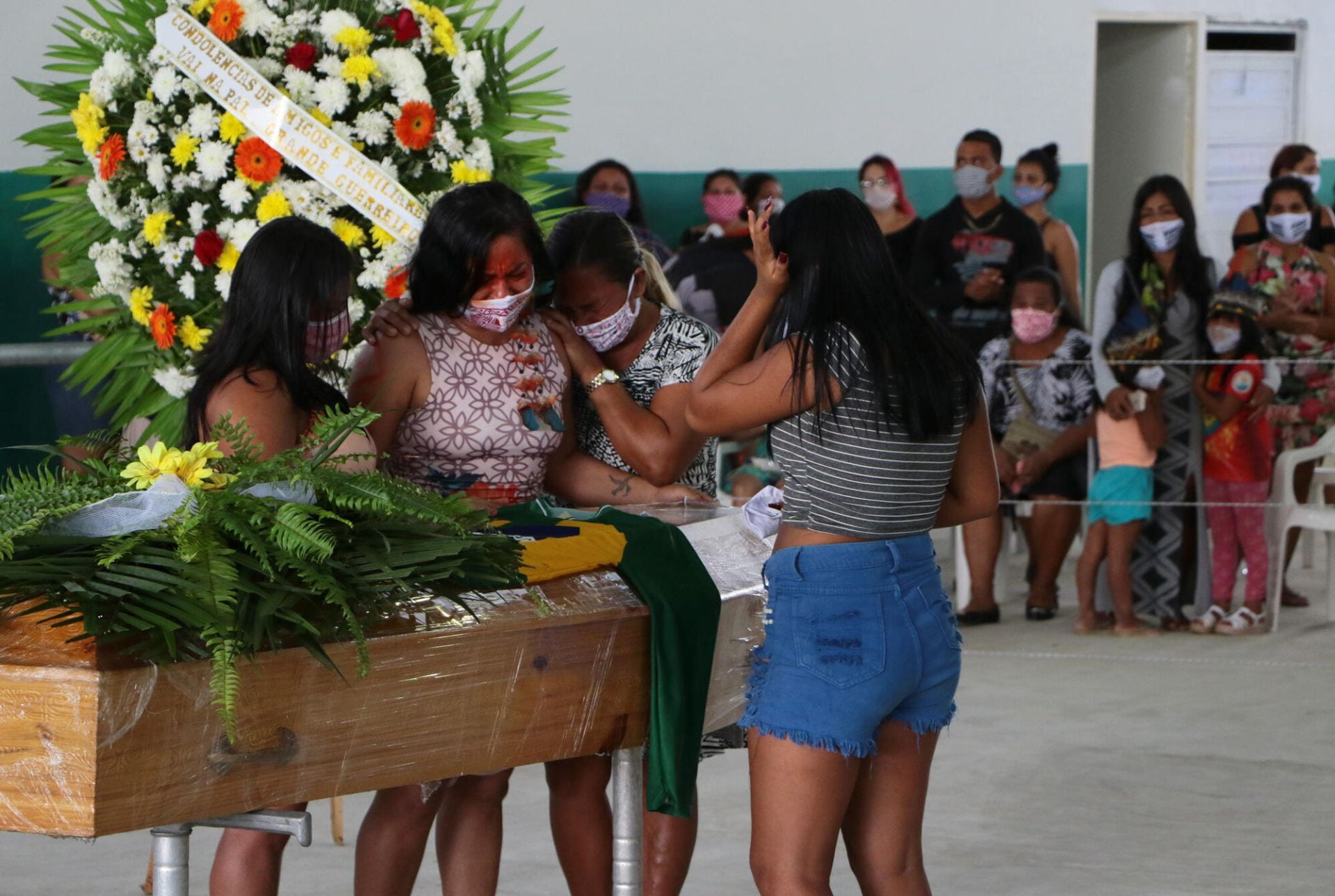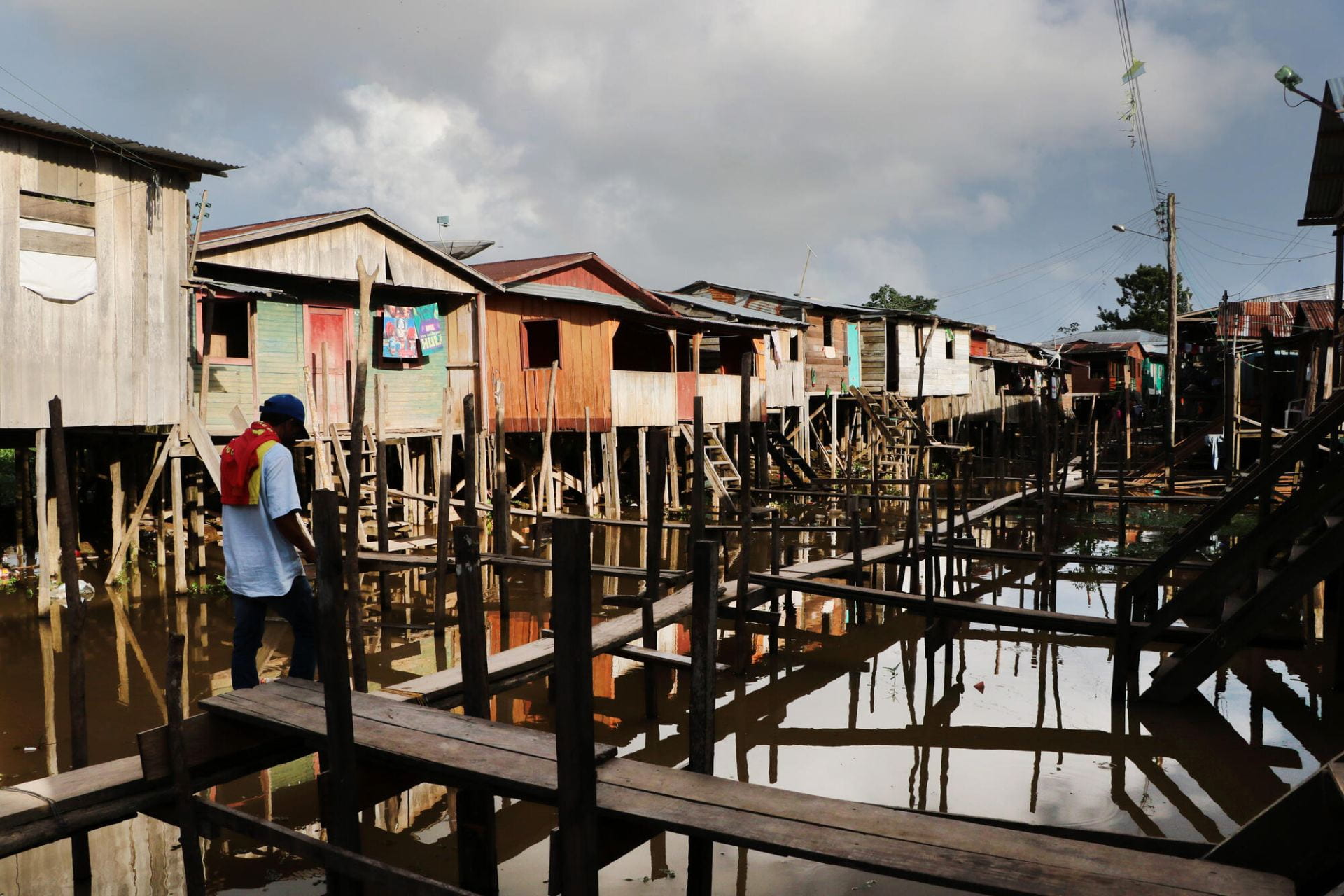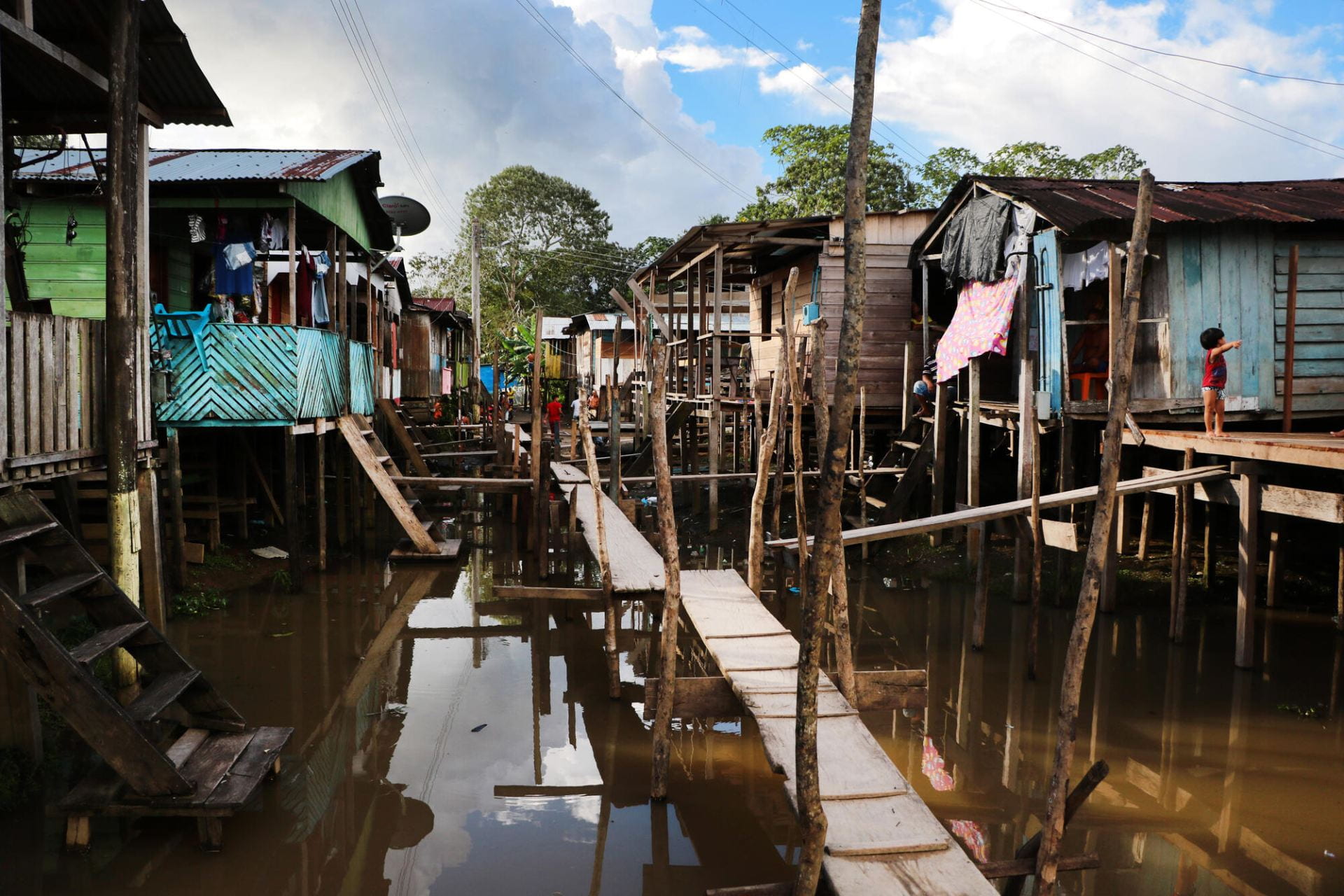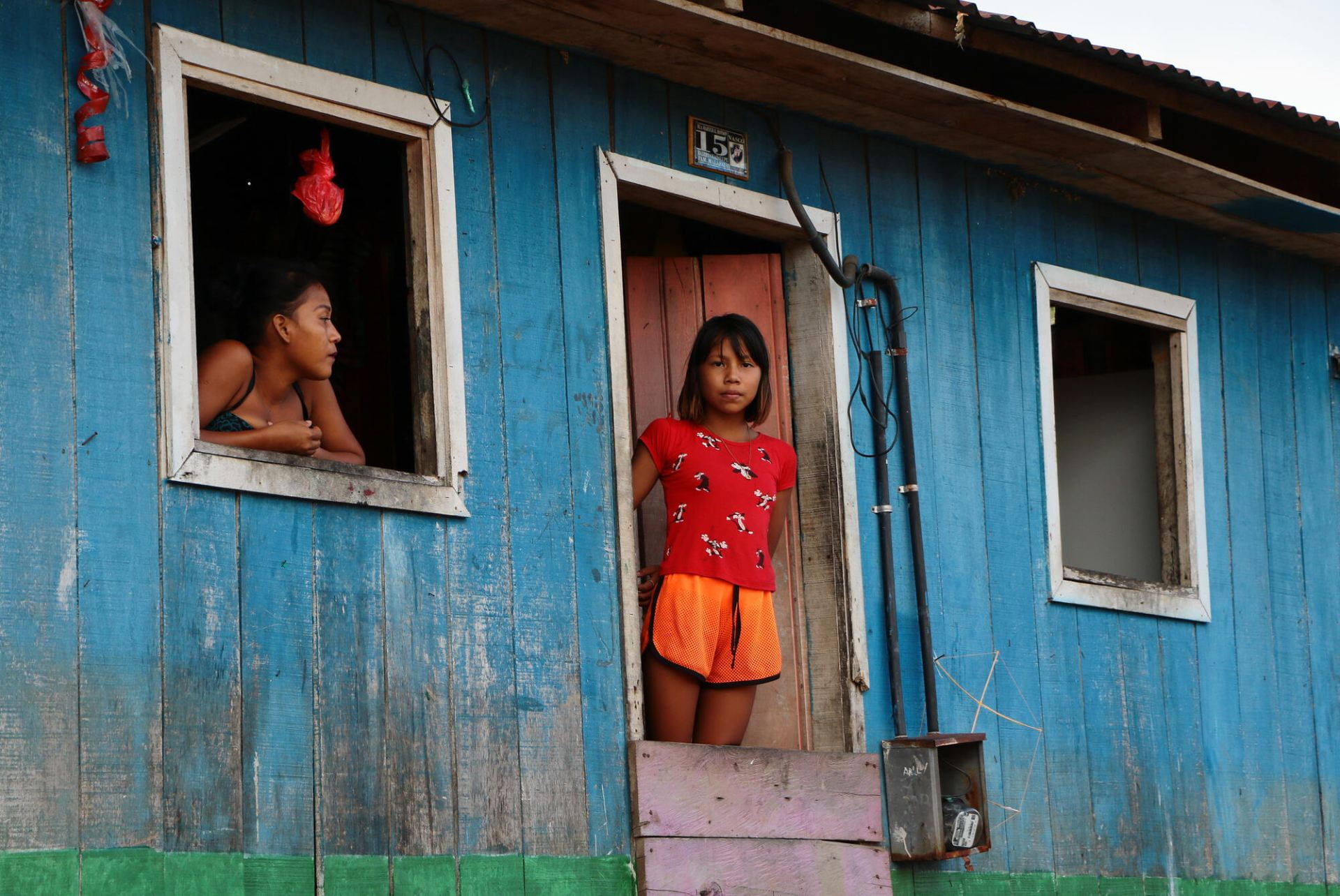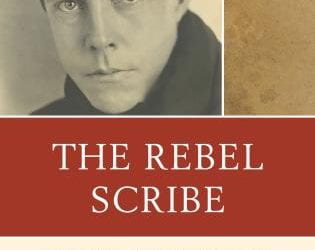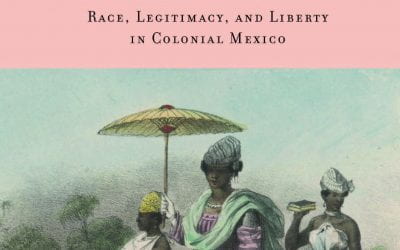Lack of Oxygen in the Amazon
Photos by Edmar Barros
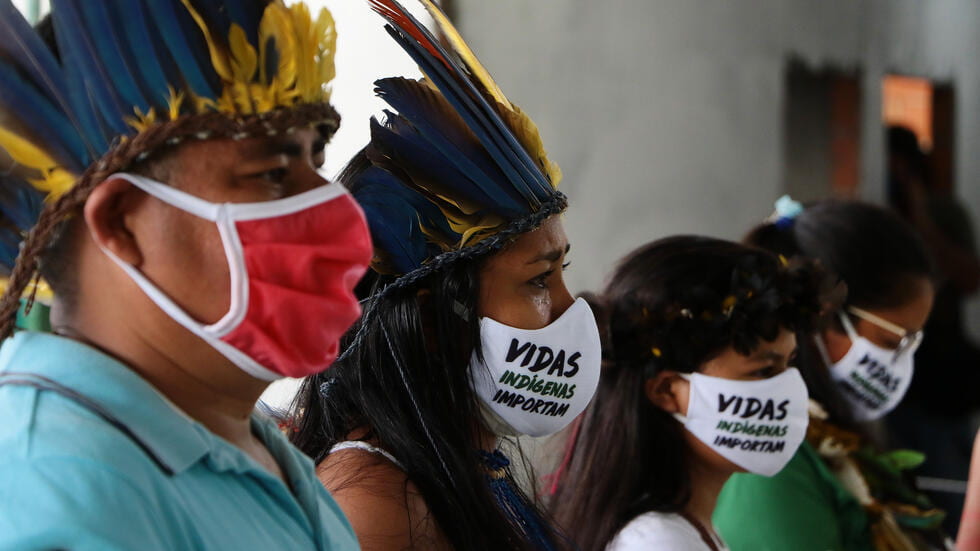
Wake of tribal leader Messias Martins Moreira. 53-year-old Martins Moreira was victim to Covid-19 on May 14,2020 in Comunidade Parque das Tribos em Manaus (AM). / Velorio de lider tribal Messias Martins Moreira. Martins Moreira de 53 años falleció el 14 de mayo de 2020 de Covid-19 en Comunidade Parque das Tribos em Manaus (AM).
“The eight relatives died in fourteen days. One after the other, we went burying them all. I didn’t even get a rest. When I was drifting off to sleep, someone would always call: ‘Your uncle died.’ ‘Your grandfather died.’ If another Kokama dies, we will not have any tears left.”
Ths is how the Kokama leader Edney Samias, 38, described to me his days in May when we met in the city of Tabatinga. At his request, the meeting took place at Guadalupe, an indigenous hamlet of stilt houses along the shore of the Amazonas River. Just a few meters away, separated by a creek and hidden by a small forest, was the city of Leticia in Colombia. From the porch where we conversed, we could see Santa Rosa, in Perú, on the other side of the river.
A month later, in mid-June, Edney had already lost 17 relatives, including his father, Guilherme Samias, 64. He accused the military hospital, the only hospital in Tabatinga, of negligence. “When I questioned them, they said that the Army gives the orders, that it is doing a favor to take care of indigenous people.”
I have lived in Manaus for the past four years. It is my home base to cover the Brazilian Amazon as a reporter for the newspaper Folha de S. Paulo. At the beginning of the coronavirus pandemic, many here thought we were talking about a sickness in countries that were cold and faraway. The successive tragedies in the cities of three countries on the shore of the Amazonas River have shown us how much the virus likes both hot humidity and inequality.
As in the period of the Conquest, the imported virus navigated along the Amazon basin: Iquitos, Santa Rosa, Leticia, Tabatinga, Coari, Tefé, Santarém, Santo Antonio do Içá, Breves, Belém and other cities that witnessed thousands of deaths in collapsed hospitals without adequate beds or oxygen, corpses piling up and improvised cemeteries.
En Manaus, the number of deaths exploded 350 percent at the end of April, according to the calculations of the Oswaldo Cruz Foundation (Fiocruz), a science and technology institutions linked to the Health Ministry. Without money for private tombs, the poor buried their relatives in mass graves. Because of a lack of ventilators, some patients are breathing within huge improvised respirators made from plastic bags. In no other city on the planet affected by Covid-19 has there been such an increase in the death rate, according to a Fiocruz investigation.
Among the Amazonian peoples, the Kokama, who also have members in Colombia and Peru, are those who have suffered the most from the epidemic. As of mid-June, there had been 56 deaths on the Brazilian side alone. By the first week in July, the number had risen to 60. Many of these died in the military hospital in Tabatinga, which does not have an intensive care unit. This resource is only available in Manaus, 680 miles away as the bird flies. In serious condition, Edney’s father waited for eight days to be transferred to Manaus. The airplane never arrived.
In addition to coronavirus, the Kokama have to fight invisibility. When the first deaths occurred, the Army hospital refused to identify the victims as indigenous. On the official forms, they classified them as “brown” (marrom), the statistical category mostly used in the country for Afro-descendants. This is not sheer coincidence; from colonial times, it has been state policy to convert African slaves and indigenous people into “the poor,” a source of cheap and available work that does not question national unity—that everyone is part of one great nation.
Bolsonaro’s militarized government does not hide its project of erasing minorities. On the contrary. In a cabinet meeting April 23, the then-Education Minister, Abraham Weintraub said, “I hate the expression ‘indigenous peoples,’ I hate it. There is only one people in this country. If someone does not want it that way, then leave. Everyone is a Brazilian, there can only be one people.”
After proposing the arrest of all the Supreme Court (STF, after its acronym in Portuguese) justices, Weintraub was fired in mid-June. Ironically, he fled from Brazil to the United States to avoid arrest during the investigation into his threats against the STF. Symbolically, his act as a cabinet member was to sign into law the annulling of incentives so that blacks, indigenous and people with disabilities could have the facility to obtain graduate degrees.
We remember Edney’s father. When he was alive, he was treated in the military with contempt as an indigenous man. In his death, be became a “pardo,” a brown person, according to the criteria of the same hospital: the color of Brazilian poverty.
There is a political effort on the part of black movements to attract thosw who identify themselves as “browns” in the census. It is by putting black and brown together that makes Brazil the country with the second most Black citizens in the world, after Nigeria. But in the Amazon, the least populated zone in the country, where there was less African slavery than in other parts of Brazil, the term “brown” ends up hiding millions of people, who in the violent colonizing process, lost their connection with the original, fragile cultures, given that, once contacted, only a slight oral connection with their history persists.”
- Guadalupe Community in Tabatinga (AM) on May 19, 2020 / Comunidad Guadalupe en Tabatinga (AM) 19 de mayo de 2020.
“To associate ‘brown’ purely with blackness means going along with the line that all of Brazil’s indigenous people have been wiped out, writes the publicist and writer Jamille Anahata, of Manaus.
This reflection is important in understanding who is dying in the pandemic. Covid-19 kills proportionately more brown people, even in comparison to other non-white groups. According to official statistics, in the Brazilian state of Amazonas, the capital of which is Manaus, as of June 17, 85.2 percent of the 2,579 dead are brown people, 3.8 percent are indigenous and 1.5 percent black.
In the last census, brown people make up 69 percent of the population of Amazonas (a little more than four million), while indigenous and blacks represent 4.9 and 4.1 percent, respectively.
The epidemic is devastating and, without a doubt, severely affects several towns, which are losing their elderly, “the living libraries,” as Alessandra Korap, of the Munduruku tribe, observes. Among the many indigenous victims of the epidemic is the Kayapó Paulinho Paiakan, one of the most important leaders of the indigenous movement in Brazil.
However, amidst so many tragedies everywhere, those who die in the Amazon are the most invisible. Children and grandchildren of the forest people, but now encapsulated in violent and poor cities, they are now the browns—the “pardos.” They are those who fill the mass graves in the Manaus cemetery.
- Indigenous people of the Kokama ethnic group in Guadalupe community in Tabatinga on May 19, 2020 / Indígenas de etnia Kokama en la comunidad Guadalupe en Tabatinga (AM) 19 de mayo de 2020.
- Indigenous child from the Kokama group in Guadalupe Community in Tabatinga (AM) on May 19, 2020. / Niño indígena de la etnia Kokama en la comunidad de Guadalupe en Tabatinga el 19 de mayo de 2020.
And then, there are the “almost browns.” The anthropologist Eduardo Viveiros de Castro writes that the Barés people neither are “indigenous nor are not indigenous,” given that they are among those who have had their culture transformed through contact. The same applies to the Kokama. In their urban houses on stilts, they are not the ones the foreign photographers look for to capture the image of the “Amazonian indigenous.”
In her videopoem “Indigenous Memorial of the Pandemic,” Anahata repeats the word “Kokama” 56 times. There is much wisdom in the repetition. One has to listen to her. One has to listen to them.
Falta oxígeno en el Amazonas
Por Fabiano Maisonnave
Fotos por Edmar Barros

Wake of tribal leader Messias Martins Moreira. 53-year-old Martins Moreira was victim to Covid-19 on May 14,2020 in Comunidade Parque das Tribos em Manaus (AM). / Velorio de lider tribal Messias Martins Moreira. Martins Moreira de 53 años falleció el 14 de mayo de 2020 de Covid-19 en Comunidade Parque das Tribos em Manaus (AM).
“Los ocho parientes murieron en 14 días. Uno tras otro, íbamos enterrando a todos. Yo ni descansaba. Cuando iba a dormir, alguien llamaba: ‘Murió tu tío.’ ‘Murió tu abuelo’. Si muere otro Kokama, ya no tendremos ni lagrimas”.
Así me relató sus días de mayo el lider Kokama Edney Samias, 38, cuando nos encontramos en la ciudad de Tabatinga. Por su decisión, el encuentro fue en la comunidad indígena Guadalupe, un caserío de palafitos a la orilla del río Amazonas. A pocos metros, separada por un caño y oculta por un pequeño bosque, está Leticia en Colombia. Desde el porche donde estábamos, se veía Santa Rosa, en Perú, en la margen opuesta del río.
Un mes después, a mediados de junio, Edney ya había perdido 17 parientes, incluyendo a su padre, Guilherme Samias, 64. Él acusa de negligencia al hospital militar, el único de Tabatinga. “Cuando yo los cuestionaba, ellos decían que es el ejercito que manda, que era un favor atender a los indígenas.”
Vivo en Manaos desde hace cuatro años. Es mi base para la cobertura de la Amazonia brasileña como reportero del diario Folha de S. Paulo. En el comienzo de la pandemia del coronavirus, muchos acá creíamos que se trataba de una enfermedad de países fríos y lejanos. Las tragedias sucesivas por las ciudades de tres países a la orilla del río Amazonas demostraron que al virus le gustan el calor húmedo y las desigualdades.
Como en periodo de la Conquista, el virus importado navegó por el cauce del Amazonas. Iquitos, Santa Rosa, Leticia, Tabatinga, Coari, Tefé, Santarém, Santo Antonio do Içá, Breves, Belém y otras ciudades suman miles de muertos en medio de hospitales colapsados por falta de lechos y de oxígeno, cadáveres apilados y cementerios improvisados.
En Manaos, el número de muertos explotó 350 por ciento a finales de abril, según cálculos de la Fundación Oswaldo Cruz (Fiocruz), , una institución de ciencia y tecnología en salud vinculada al Ministerio de Salud. Sin dinero para una tumba privada, los pobres enterraban a sus familiares en fosas comunes. Por falta de respiradores mecánicos, algunos pacientes respiraban dentro de grandes bolsas plásticas improvisadas. En ninguna otra ciudad del planeta afectada por el Covid-19 hubo un aumento de muertes tan rápido, según la investigación de Fiocruz.
Entre los pueblos amazónicos, los Kokama, que tienen poblaciones también en Colombia y Perú, son los que más sufren con la epidemia. Hasta mediados de junio, cuentan 56 muertos apenas del lado brasileño. Ya al principio de julio, el número ha subido a 60. Muchos de ellos murieron en el hospital militar de Tabatinga, que no cuenta con una unidad de cuidados intensivos. Este recurso solo está disponible en Manaos, a 680 millas en línea recta. En estado grave, el padre de Edney esperó el traslado por ocho días. El avión nunca llegó.
Además del coronavirus, los Kokama tienen que combatir la invisibilidad. Cuando hubo las primeras muertes, el hospital del ejército se rehusó a identificarlos como indígenas. En los formularios, los clasificaron como “pardo” (marrom), la categoría estadística mayormente utilizada en el país para afrodescendientes. No es por casualidad: desde los tiempos coloniales, es una política de Estado volver a los africanos esclavizados y los indígenas en “pobres”, una fuente laboral barata y disponible que no cuestione la unidad nacional.
El gobierno militarizado de Bolsonaro no oculta el proyecto de borrar las minorías. Al contrario. En una reunión de gabinete el 23 de abril, el entonces Ministro de Educación, Abraham Weintraub, dijo, “Odio la expresión ‘pueblos indígenas’, odio esa expresión. La odio. Sólo hay un pueblo en este país. Si alguien no lo quiere así, que se vaya. Todo es pueblo brasileño, sólo puede haber un pueblo”.
Tras proponer la detención de todos los jueces de la Corte Suprema (STF), Weintraub fue demitido a mediados de junio. Irónicamente, huyó de Brasil hacia los EE. UU. para evitar la detención durante la investigación acerca de sus amenazas en contra el STF. Simbolicamente, su último acto como ministro fue firmar la anulación de incentivos para que los negros, indígenas y discapacitados cursen postgrado.
Recordemos al padre de Edney, Guilherme Samias. Vivo, fue tratado con desprecio como indígena por el hospital militar. Muerto, se vuelve un “pardo” bajo el criterio de la misma institución, el color de la pobreza amazónica.
Hay un esfuerzo politico por parte de los movimientos negros para atraer a los que marcan “pardo” en el censo. Es la suma de “pardo” y “preto” que pone Brasil como el segundo pais con más negros en el mundo, atras apenas de Nigeria.
Pero en la Amazonia, la zona menos poblada del pais y donde hubo menos esclavitud africana que en otras partes del país, la categoría “pardo” termina ocultando millones de personas que, en ese violento proceso colonizador, perdieron la conexión con las culturas originarias, frágiles puesto que, en el contacto, eran apenas orales.
- Guadalupe Community in Tabatinga (AM) on May 19, 2020 / Comunidad Guadalupe en Tabatinga (AM) 19 de mayo de 2020.
“Asociar ‘pardo’ exclusivamente a la negritud significa adherirse al discurso de que los pueblos indígenas fueron diezmados”, escribe la publicitaria y escritora indígena Jamille Anahata, de Manaos.
Esa reflexión es importante para entender quien está muriendo en la epidemia. El Covid mata proporcionalmente más a los pardos, incluso en comparación con otros grupos no blancos. De acuerdo con las estadísticas oficiales, en el estado brasileño de Amazonas, cuya capital es Manaos, 85.2 por ciento de los 2.579 muertos hasta el 17 de junio son pardos, 3.8 por ciento son indígenas y 1.5 por ciento negros.
En el último censo, los pardos son 69 por ciento de la población de Amazonas (poco más de 4 millones), mientras los indígenas y negros representan 4.9 y 4.1 por ciento, respectivamente.
Con poblaciones tan reducidas, la epidemia tiene un impacto desproporcional en varios pueblos, que están perdiendo los ancianos, “las bibliotecas vivas”, como dijo Alessandra Korap, del pueblo Munduruku. Entre las muchas víctimas indígenas de la epidemia está el Kayapõ Paulinho Paiakan, uno de los lideres más importantes de la historia del movimiento indígena en Brasil.
Sin embargo, entre tantas tragedias por todas partes, los que más mueren en la Amazonia son los más invisibles. Hijos y nietos de los pueblos del bosque, pero ahora encapsulados en las ciudades violentas y pobres, los “pardos” son los que llenaron las fosas comunes del cementerio de Manaos.
- Indigenous people of the Kokama ethnic group in Guadalupe community in Tabatinga on May 19, 2020 / Indígenas de etnia Kokama en la comunidad Guadalupe en Tabatinga (AM) 19 de mayo de 2020.
- Indigenous child from the Kokama group in Guadalupe Community in Tabatinga (AM) on May 19, 2020. / Niño indígena de la etnia Kokama en la comunidad de Guadalupe en Tabatinga el 19 de mayo de 2020.
Después, están los Kokama. El antropólogo Eduardo Viveiros de Castro escribió que los Barés no son “ni indios ni no indios”, puesto que están entre los que más vieron transformada su cultura por el contacto. Lo mismo aplica a los Kokama. En sus palafitos urbanos, no son ellos quienes los fotógrafos extranjeros buscan para capturar la imagen del “indígena amazónico”.
En un videopoema “Memorial Indigena de la Pandemia”, Anahata repite “Kokama” 56 veces. Hay mucha sabiduría en la repetición. Hay que escucharla. Hay que escucharlos.
Spring/Summer 2020, Volume XIX, Number 3
Fabiano Maisonnave is a reporter for the newspaper Folha de S. Paulo in the Amazon. He was a Nieman Fellow at Harvard in 2016.
Fabiano Maisonnave es reportero para el diario Folha de S. Paulo en la Amazonía. Fue Nieman Fellow en Harvard en 2016.
Related Articles
Editor’s Letter – Eyes on COVID-19
Editor's Letter Documenting Covid-19 It’s been two years, two months and some days since we published Olivia Liendo’s powerful article “With Covid-19, We are All Immigrants.” Relating how friends, family and strangers came together to help her mother in Venezuela...
A Review of The Rebel Scribe: Carleton Beals and the Progressive Challenge to U.S. Policy in Latin America
This is how the adventure of the 25-year-old from Kansas begins: “I began to dream dreams, extravagant dreams. I would stay here in this city of the Aztecs and the Conquistadors ..
A Review of The Capital of Free Women: Race, Legitimacy, and Liberty in Colonial Mexico
Ever since James Lockhart published Spanish Peru in 1968, historians of colonial Latin America have mined the notarial archives to illuminate the daily lives of people who were largely…

